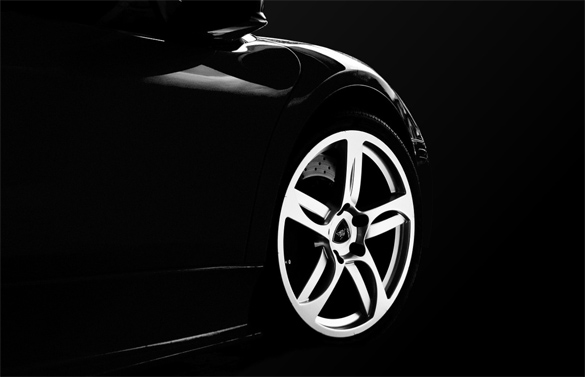 Want to get a little something extra out of every day? Sign up for my Living (and loving) Life newsletter.
Want to get a little something extra out of every day? Sign up for my Living (and loving) Life newsletter.
Note: The links in this post are affiliate links.
Well, autumn has arrived and that means the outdoor temperatures have likely fallen in your neck of the woods. And as you probably already know, temperature drops decrease the air pressure in your vehicle’s tires.
That low tire air pressure warning (if your car provides one) isn’t just a nuisance. It’s actually alerting you to potential danger and a possible future hit to your bank account.
Low air pressure causes your cars tires to partially deflate, changing the way your car handles on the highway. It can affect turning and overall handling, and in some situations it can even alter how well the tires “grip” the road.
In addition to the safety aspect, low tire pressure also causes excessive wear on your tires’ treads, leading to costly early replacement of one or more of them.
And to top it all off, your vehicle’s gas mileage will also be reduced if its tire pressure is low, resulting in more frequent costly fill-ups.
Luckily, it only takes a few seconds per tire to check their air pressure if you have a tire pressure gauge. I have used several digital tire pressure gauges over the years and most of them are very inexpensive and work well. This is the one I’m using right now, and I love it.
If you discover that your tires need some extra air you’ll find an air pump at most any gas station. Just be sure to take your tire pressure gauge with you so you’ll know when your tires are inflated to the recommended air pressure.
Note: You’ll find your vehicle’s recommended tire air pressure printed on a label on the inside door jam on the driver’s side of the vehicle.
Important: DO NOT go by the tire pressure that’s printed on the sidewalls of your tires. That pressure is the maximum air pressure that the tires are capable of withstanding without causing damage to the tire. Always inflate your tires to the pressure recommended on the label located on the driver’s side door jam.
If you don’t feel comfortable checking the air pressure in your tires and/or inflating them to the correct pressure you can always take you car to a garage and have them do it for you. Just be aware that can be rather costly over the long term since your tires’ air pressure needs to be checked (and likely adjusted) with every change of season.
Bottom line: Regardless of how you decide to go about it, it’s very important to always keep your tires inflated to the pressure recommended by your car’s manufacturer. Your life and your bank account could well depend on it.
To finish up, here’s a short video that shows how easy it is to correctly check the air pressure in your vehicle’s tires (and top it off if needed).
Note: As always, you can watch the video at full screen by clicking the “square” icon in the lower right-hand corner of the video.